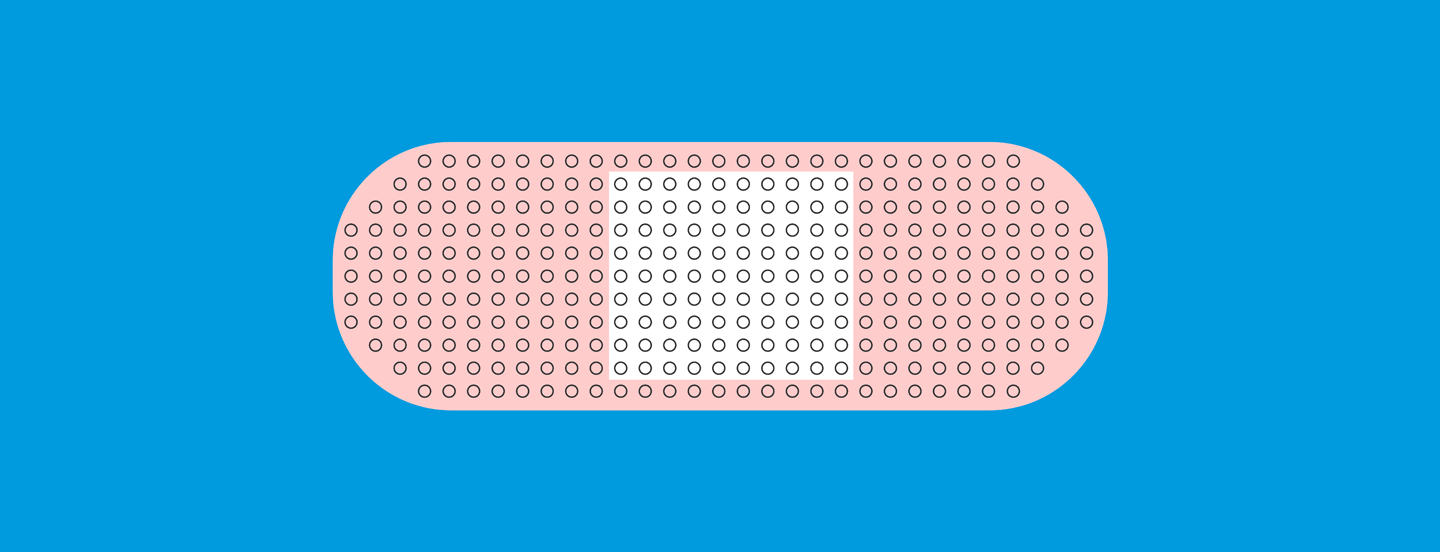
Healthcare Needs Better CX Design
Adjusting to an illness or condition is a complex challenge. Patients first have to deal with getting sick. Then, they have to find ways to engage with the healthcare community, which can be difficult to navigate without the right tools. Treatment also comes at a high cost. In 2015, the US reached 3.2 trillion dollars in healthcare spending. In an attempt to reign in overall costs, healthcare companies are looking for new methods, many of which are focused on patient engagement. Studies have found that TMC (total medical costs) can be reduced by up to 21 percent for patients who are more highly engaged with their care.
But the question remains: How do providers actually get people to partake in their own care? We believe the answer lies in more thoughtfully designed experiences. At frog, we have extensive expertise working within the consumer space to create desire, which has been proven to translate to engagement, growth and longterm value for our clients. So, when it comes to boosting engagement in the healthcare sector, frog is constantly finding new ways to connect patients and providers through customer experience (CX) design. By implementing strategies such as connected care, data products for increased personalization and relevance, new digital processes for improved access and commitment to understanding the patient’s evolving needs, we are able to help organizations engage their patients for better outcomes.
I understand how you feel, I understand your wants and needs and I am creating an experience that allows you to achieve that.

 Play video
Play videoBetter CX means Happier Patients
Like any good care, customer experience is strongest when it’s built on the basic concept of empathy. When you provide a great experience to people, you are essentially saying, “I understand how you feel, I understand your wants and needs and I am creating an experience that allows you to achieve that.” For the healthcare sector, this requires striking the right balance between providing patient care and customer service. Yet metrics related to customer satisfaction can be revealing when considered in a healthcare environment. A recent Deloitte study found hospitals with “excellent” patientreported scores from HCHAPS (Hospital Consumer Assessment of Healthcare Providers and Systems) had overall higher profitability. This demonstrates a real, longterm value in increasing patient experience.
At frog, we’ve seen the real value-driven results of a customer experience approach. We partnered with the European healthcare company AMICOMED to develop a lifestyle coaching system delivered through a mobile medical app that helps folks manage hypertension. The app leveraged frog’s UX and design expertise to let people get the personalized coaching and data insights needed to really change their habits and lower blood pressure, all without medication. After a threemonth long user study, we found there was not only a 70 percent adherence rate, but an overall reduction in blood pressure for participants.

The CX Playbook
We’ve created a framework designed to address customer experience across every aspect of an organization. Keeping in mind that there is no one magic formula, the CX Playbook is a set of adaptable practices that can be employed across organizations to allow for more engaging customer experience results.
How It Works: We start by understanding who we’re serving. In this case, we look at the entire healthcare ecosystem, which is made up of providers, patients, caregivers, institutions and payers, as well as experiences that take place both in and outside the hospital. Through research and analysis, we develop thick descriptions and archetypes of who the patients are, as well as behavior modalities to understand what they do.
From here we are able to create a journey map, which lets us understand the endtoend path of each of these stakeholders. When done well, a good journey map will reveal both the emotional and functional highs and lows of a given path, allowing us to see the points at which the patient is happy, and where they tend to get anxious or frustrated.
Once we’ve pinpointed the perceived sticking points, we begin to ideate. We start to imagine the areas of opportunity in terms of adding value, fixing problems, or solving for any unmet needs.
We ask ourselves, where can we make patients less anxious? Where can we create a little more joy? What pain points can we eliminate? What does the ideal experience look like? And ultimately, how do we create value? At this point, we are able to build a roadmap that takes the client from current state to future goals, designing products and services that can be feasibly implemented and executed to ensure real value generation for both patients and providers.
Ultimately, the most effective healthcare is going to be the healthcare that patients want to interact with, which means providers must find ways to design customer experience into their care. Humancentered design is the way to get there, as it can both reduce pain and increase joy in real lives. If we employ the framework in frog’s CX Playbook to the healthcare sector, we hope to dramatically improve the healthcare system for patients and providers alike.

Anthony leads a talented team of designers, strategists and data scientists in creating more thoughtful experiences for clients and customers around the world.
We respect your privacy
We use Cookies to improve your experience on our website. They help us to improve site performance, present you relevant advertising and enable you to share content in social media. You may accept all Cookies, or choose to manage them individually. You can change your settings at any time by clicking Cookie Settings available in the footer of every page. For more information related to the Cookies, please visit our Cookie Policy.